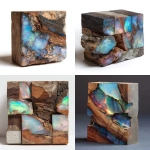Explore the Best AI Image Gallery
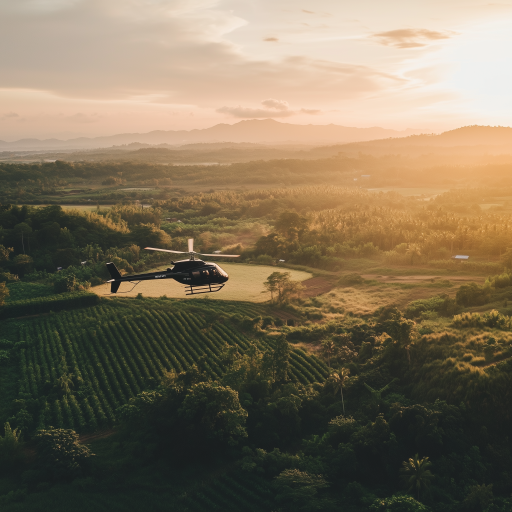
The Dialectics of AI Reimagination: Picturing a New Reality with AI-Generated Images
The world of visual art is undergoing a profound transformation, thanks to the advent of artificial intelligence technologies. AI-generated images, in particular, are reshaping the boundaries of creativity, bringing new dimensions to the artist's canvas and revolutionising the way we comprehend and interact with visual content.
AI-Generated Images: A Paradigm Shift
AI-generated images are not just pixel arrangements on a digital canvas; they're a product of complex algorithms like Generative Adversarial Networks (GANs) working behind the scenes. By learning from massive data sets of imagery, these networks can produce visually appealing images that were previously unconceived.
Promising Applications
AI-generated images hold exciting prospects for diverse industries. In eCommerce, AI can develop photorealistic images of products allowing businesses to create catalogues without the need for physical photoshoots. In education, AI can illustrate abstract concepts or historical events making learning more engaging.
Artistic Revolution
In the art world, AI-generated images are making huge waves. From AI-produced portraits sold at auction houses to virtual exhibits showcasing AI's capability to invent unique styles and visual narratives, AI is redefining the creative landscape.
Ethical Considerations and Ownership
As AI-generated images proliferate, questions on copyright and ownership inevitably arise. Who owns the art — the algorithm, the coder, or the person feeding data to the algorithm? These are complex issues policymakers around the globe are grappling with.
Looking into the Future
The future of AI-generated images is extremely promising but filled with challenges. With advancements in AI literacy and wider societal acceptance, we can look forward to a time when AI-generated images are intricately meshed into our daily lives, contributing to a vivid digital culture and challenging our very understanding of art and creativity.
Final Thoughts
The epoch of AI-generated images marks a significant technological breakthrough. However, it's critical to ensure ethical guidelines are established to foster positive and responsible use aiding in unleashing its true potential, and ushering a new era in visual communication.
](https://images.ai-img.art/thumbnails/150/4cca1ecd7a461a516a228244d12e5b5a798c9744fc671ce0c52a8b69209c8970.webp)
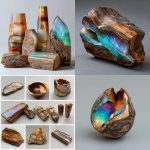
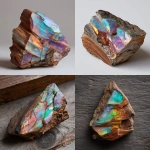
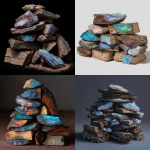
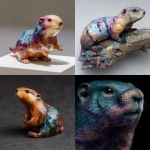
](https://images.ai-img.art/thumbnails/150/f0b7939a19ab98d4c0fdc6789f651ef7c7124007071d8c7447b50b069ae68c27.webp)
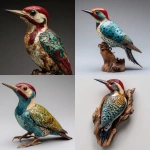
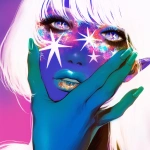
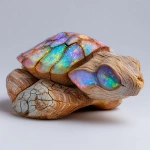
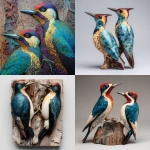
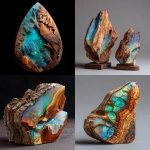
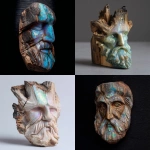
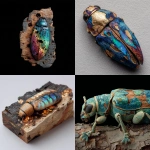
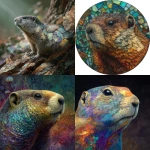
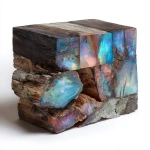
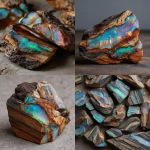
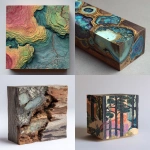
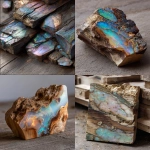
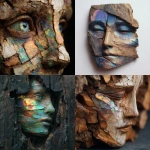
](https://images.ai-img.art/thumbnails/150/a69d53a113ddf1359541b29f34c374131643f6928d2df52596852b92a4094299.webp)
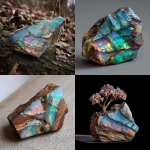
](https://images.ai-img.art/thumbnails/150/477d56ac263bedbedb83610fa5278dd787f18bed6932605c9991a22a64a10375.webp)
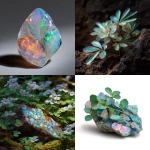
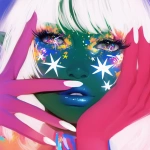
](https://images.ai-img.art/thumbnails/150/3fa1fec0508df17cd82cf66806b9fddfb0fef3b624f05520a22afde084c66822.webp)
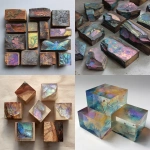
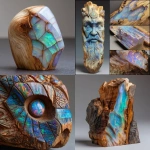
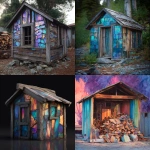
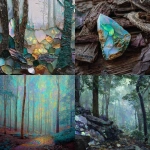
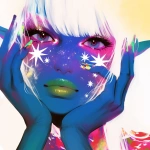
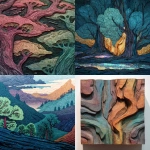
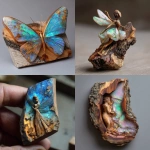
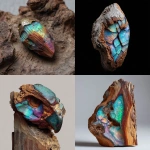
](https://images.ai-img.art/thumbnails/150/f71c540756c1c6c076e0c10359c59592da93a9f050accf3387fa92f771317c86.webp)
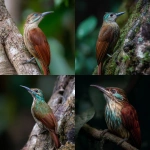
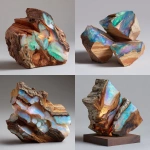

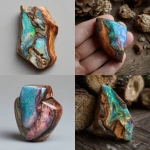

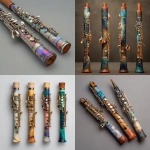
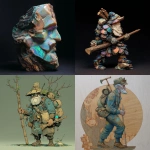
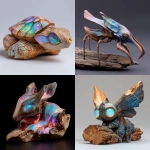
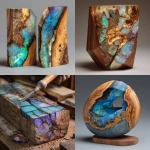
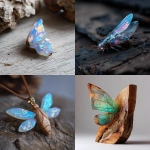
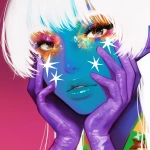
](https://images.ai-img.art/thumbnails/150/7291fa34d974ce2b36ae1e3c124c4f19a5c1d2f432e7e9c33bc41e3a4f0b56bb.webp)
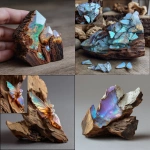
](https://images.ai-img.art/thumbnails/150/e3e897a9873fb4983dedd434fae30085608fd4b2263a07859dfcd32488a5dc71.webp)

